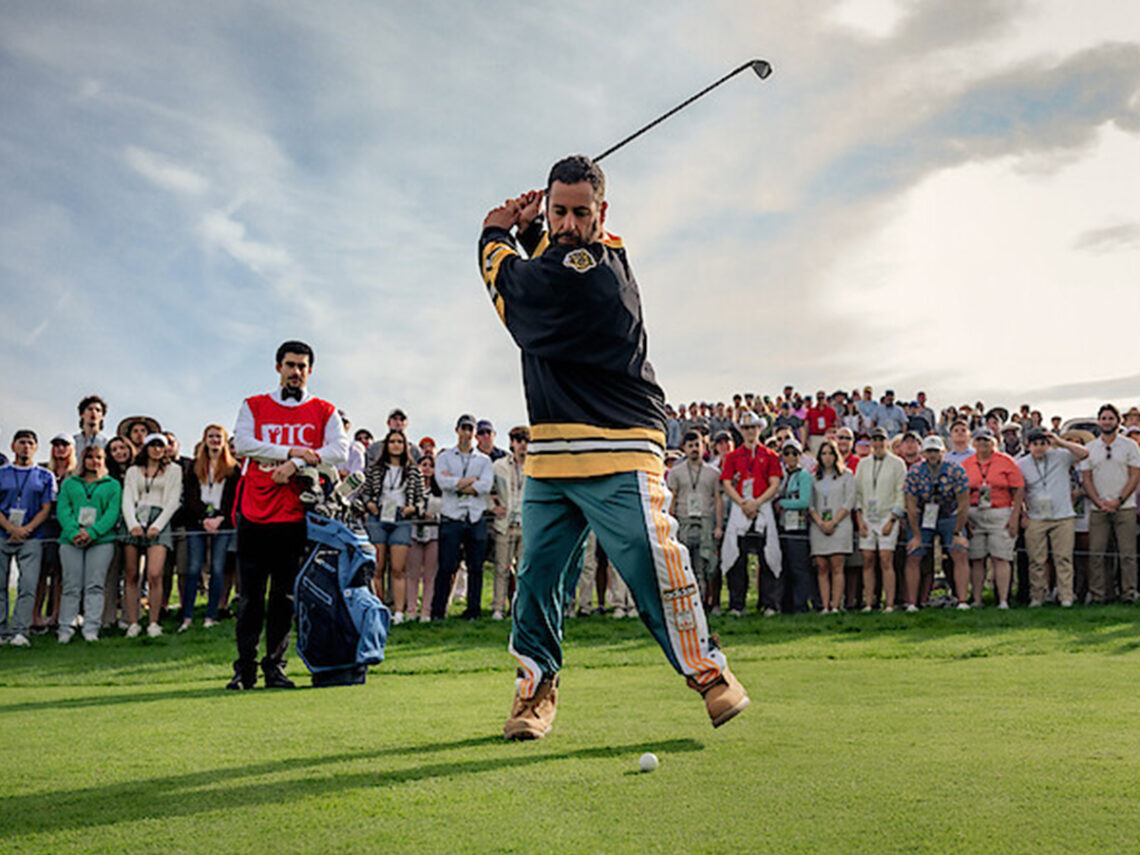
‘Happy Gilmore 2’ ending explained: Does Happy win?
It took nearly three decades to get Happy Gilmore out of retirement. But thanks to his latest golf outing with Happy Gilmore 2, weekends never looked happier. The Adam Sandler sequel was one of the biggest Netflix offerings fans were waiting with bated breath. And now that it’s out, we’ll help you break the ice of this comedy closure.
Happy Gilmore 2 picks up 30 years after Happy’s PGA Tour Championship win as he is pulled out of retirement to pay for his daughter’s $75,000 a year ballet school in Paris. But the sequel has layers of real-life issues disguised under the garb of a comedy riot.
Like the original film, Happy Gilmore 2 has a reason behind Happy’s entry into professional golf. But this time, Sandler ups the ante with a biting criticism of contemporary sports culture. The commodification of sports as opposed to their traditional association forms the crux of Sandler’s comedy sequel on Netflix.
But if you still feel you missed out on something, here’s what went down in Happy Gilmore 2.
Does Happy Gilmore 2 end with a win?
Nothing beats true love for the game, not even medical interventions or capital backing. And that’s what Happy Gilmore 2 shows fans. The comedy film culminates in a high-stakes confrontation between Frank Manatee’s Maxi Golf team, Happy Gilmore, and his squad of professional golfers. And yes, despite the manufactured setbacks, it’s Happy and his team who have the last laugh.
But Happy Gilmore 2 is more than just about a winning game. It’s about keeping the spirit of the game alive. So, in defeating the Maxi Golf team, the film doesn’t highlight the most obvious moral that wins and losses are part of the game. While they surely are, the sequel is actually a sharp critique of stage-managed talent and greed for more.
Happy Gilmore 2 shows the power of dignity in absolute honesty. Despite the prospect of physical enhancement with surgeries, Happy and his teammates’ love for the sport made the win sweeter. It’s not that he couldn’t have taken the easy way out. But if he did, would it be very on-brand for Happy Gilmore?
Plus, it’s not just the win on the scoreboard. Remaining true to his self allowed him to earn enough money to send Vienna to the Paris ballet school. And if it were not for Frank’s soulless greed, who knows if Happy could have secured back his grandmother’s house, Frank’s extravagant sports car, and Oscar’s Italian restaurant? But that’s not all. One of the biggest takeaways is the sequel equation between Happy and the 1996 antagonist, Shooter McGavin.
Inside Shooter’s unexpected arc
Happy Gilmore didn’t just end with Happy’s golf retirement. Someone else also left the sport for good – Shooter McGavin. After three decades of spending life in the psychiatric ward, Shooter returns in Happy Gilmore 2, no longer as an adversary, but as an ally. Although Shooter blames Happy for his downfall in sports, they join forces to stand against their common enemy, Frank, who goes all out to destroy the true spirit of traditional golf. He may have his reservations against Happy, but those aren’t shortcomings for his love of golf.
The sequel also ends with Hal’s arrest. As for what awaits Happy’s golf career after the Maxi Golf tour, it’s hard to say. But in the post-credits scene, he does allude to continuing golf. And the news report subsequently confirms a winning headliner, led by Happy and Shooter, from the British Open.